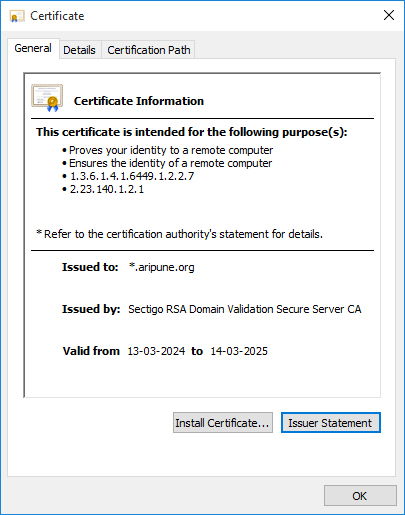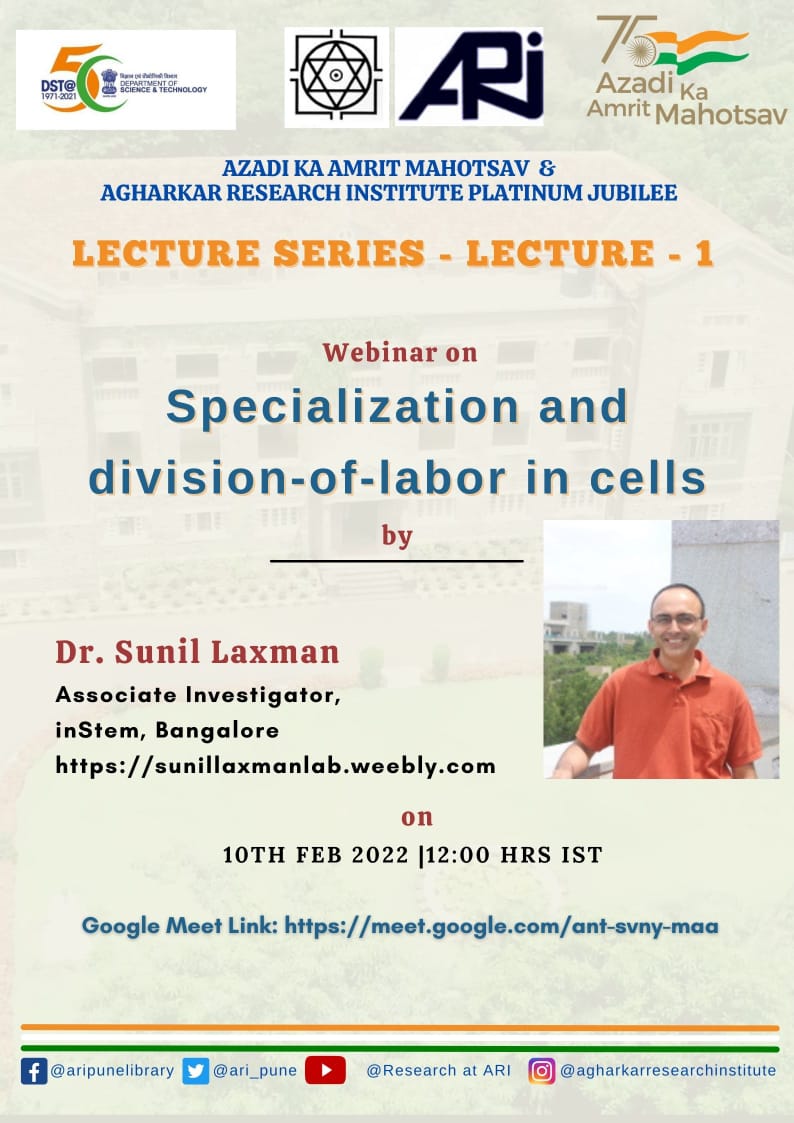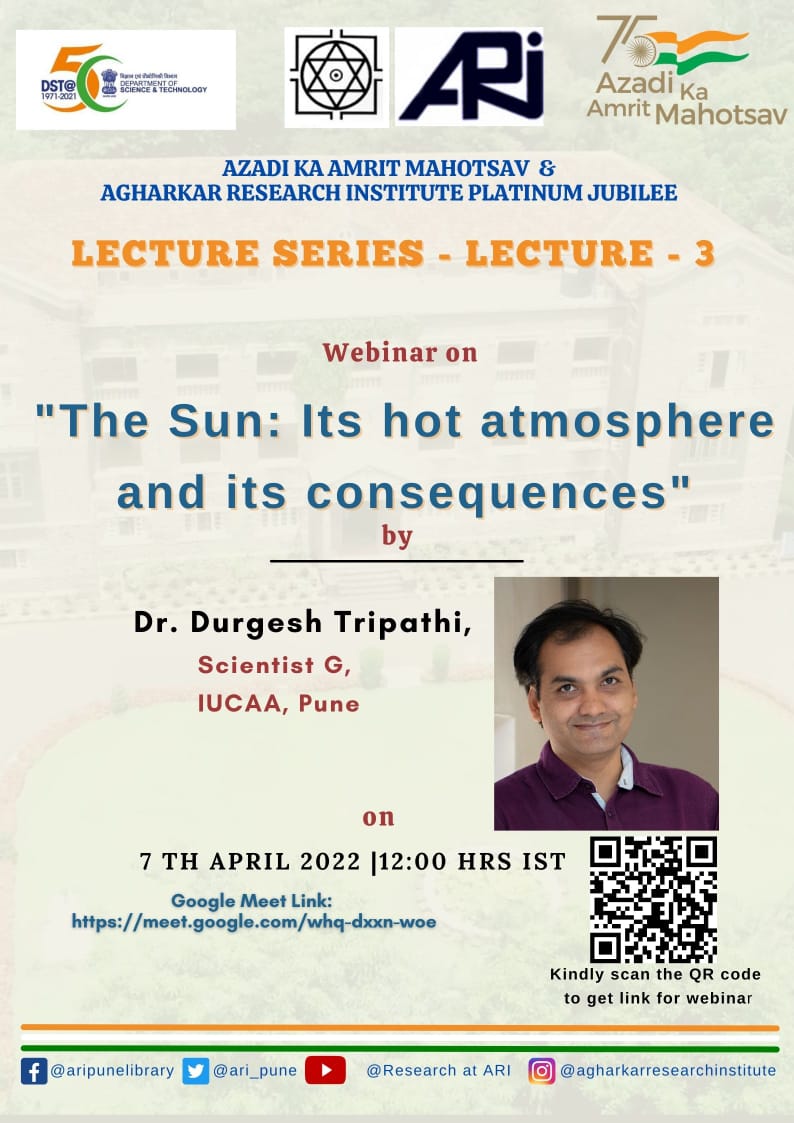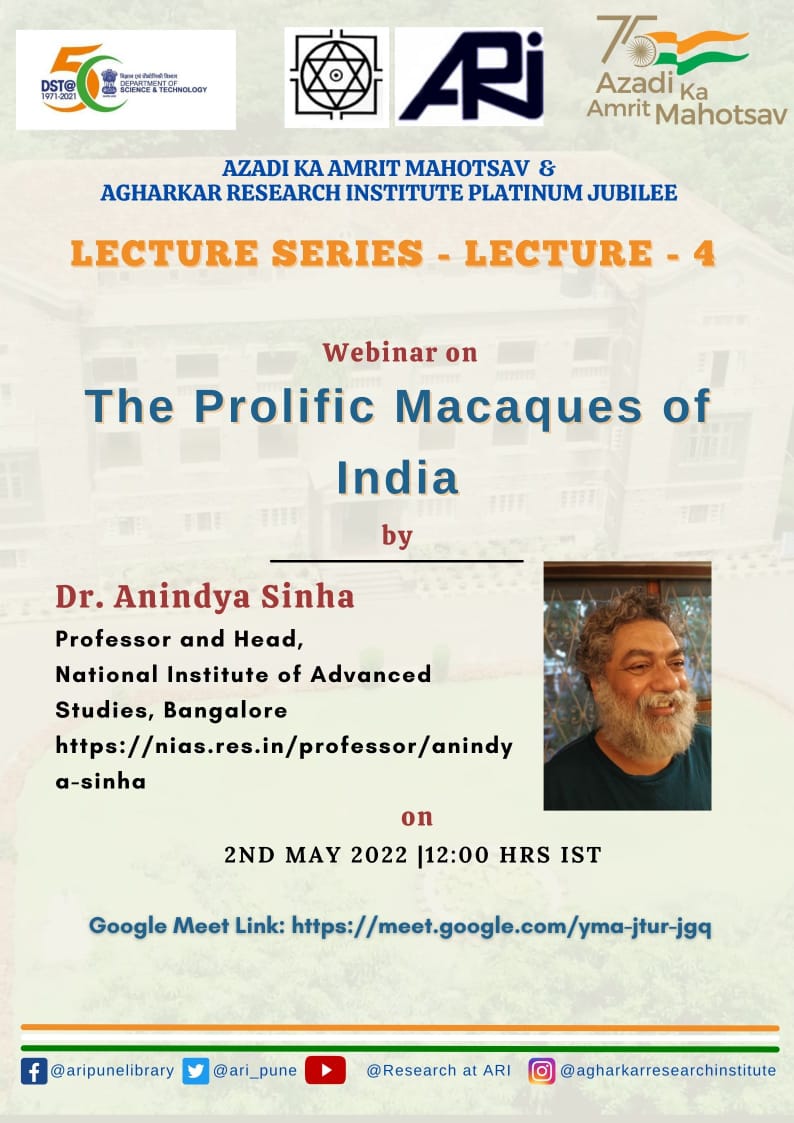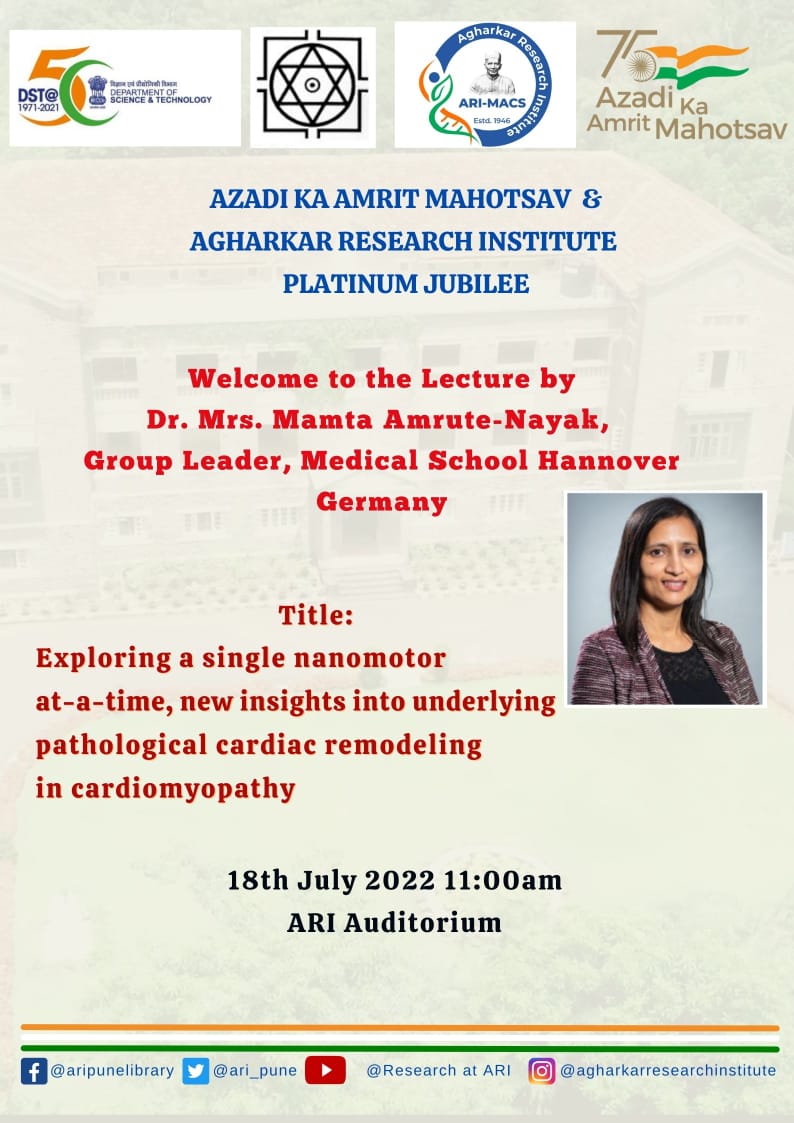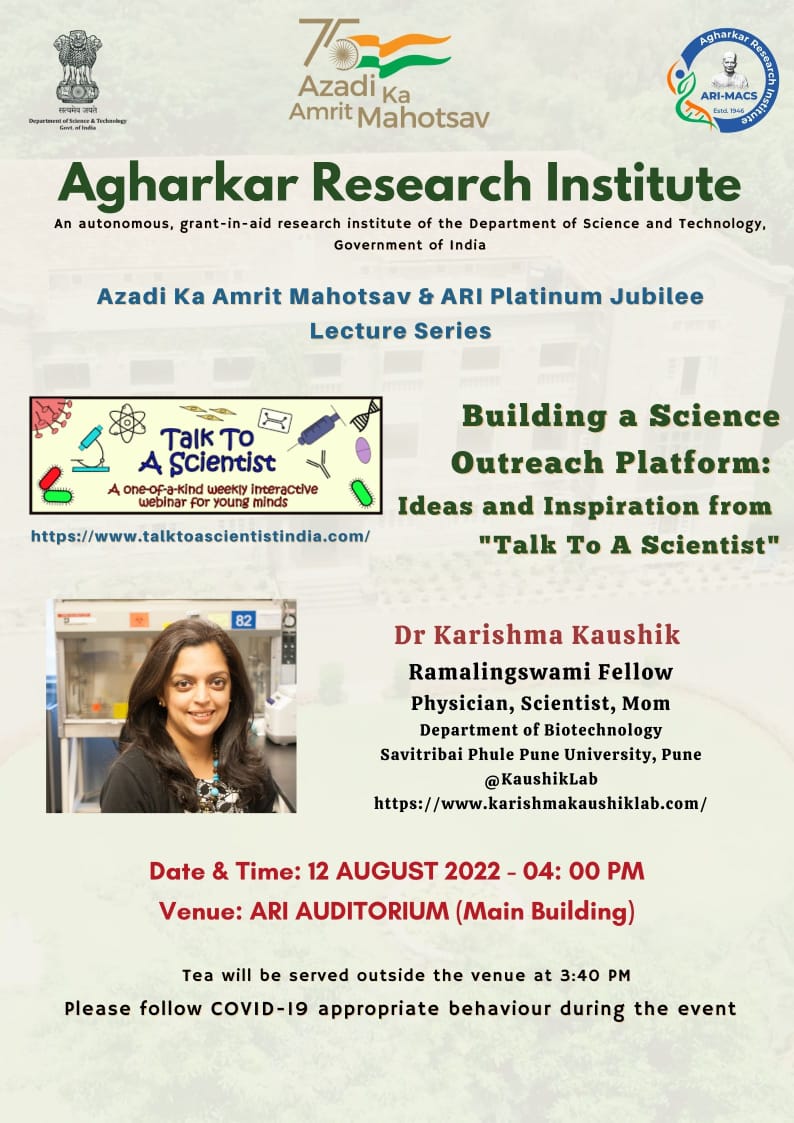
Name : Dr. Anuradha Ratnaparkhi
Designation : Scientist – F
Brief Background :
–
Contact Details :
aratnaparkhi@aripune.org
91-20-36525043/44
- BSc (Zoology), M.S. University, Vadodara.
- MSc (Biotechnology), S.P.Pune University, Pune.
- PhD, NCBS-TIFR, Bangalore.
- Post-doctoral training: California Institute of Technology (Caltech), Pasadena, USA. University of California, Los Angeles (UCLA), Los Angeles, USA.
In our lab we study signalling mechanisms in the nervous system that regulate assembly of synapses, their function, and systemic communication during organ growth and maturation. We are particularly interested in the regulation of these physiological processes by the Mon1-CCZ1 (MC1) complex that regulates cellular trafficking along the endo-lysosomal pathway- a pathway that is impaired in neurodegenerative diseases such as Charcot-Marie-Tooth 2B.
The Drosophila larval neuromuscular junction (nmj) is a well-established model for studying synaptic development and function. Similar to mammalian central nervous system, these synapses are glutamatergic. Studies have shown that post-synaptic glutamate receptors play a key role synaptic homeostasis. A decrease in receptor levels triggers a retrograde signal (muscle to nerve) that eventually leads to compensatory increase in neurotransmitter release thus maintaining homeostasis.
In our lab, we have identified Mon1 as a transsynaptic factor that negatively regulates glutamate receptor levels in an anterograde manner at the nmj. In addition, Mon1 also functions as an important molecular component of a neural circuit that controls gonad maturation through regulation of insulin-like peptides. Our current investigations are aimed at understanding how modulation of endo-lysosomal trafficking events regulates these physiological events.
Another area of study in the lab involves identifying mechanisms that regulate glial morphology and its implication to neuronal function. Of particular interest is the GPCR signalling pathway activated by the ligand Folded gastrulation (Fog). On-going studies are aimed at identifying cell-autonomous and cell non-autonomous factors that modulate this pathway to regulate glial morphogenesis.
–



